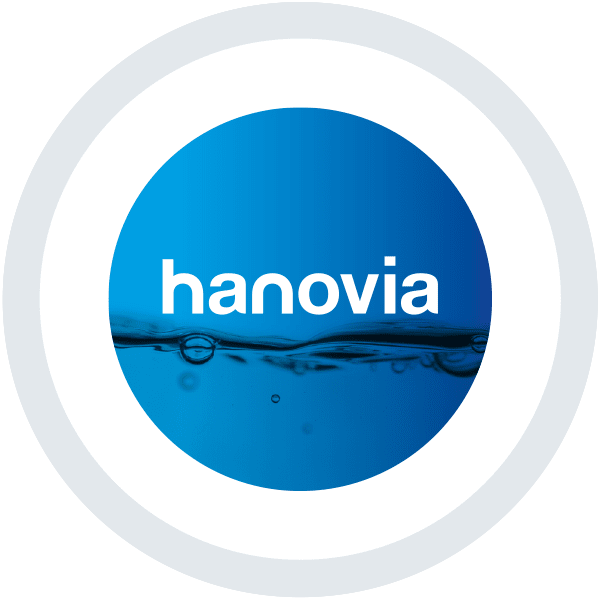Protecting Crustacean Farming From Viruses
By: Brian Grochowski

Fish and seafood are becoming an increasingly significant part of our daily diet. It is estimated that 2.9 billion people obtain 20% of their protein from fish and seafood and a further 4.3 billion people obtain 15% of protein from this food source. The commercial fishing industry has responded to this demand, but as a result it is estimated that 89.5% of the world’s fish stocks are now overfished or completely depleted.
The reduction of the world’s natural fish stocks has led to a big increase in fish farming. We tend to think of this as the cultivation of salmon, trout and tilapia however, crustacean farming presents a significant portion of this growing industry.
Much of our prawns, shrimp, clams, crayfish, mussels, oysters and spiny lobster are all cultivated through fish farming and in 2007, production from shrimp farms exceeded the global capture of all marine shrimp for the first time.
As with the cultivation of salmon and other traditional fish farming, crustacean farming is faced with significant challenges. Most notable of these is the propagation of viruses, which have led to massive fatalities and at certain points have decimated the crustacean farming industry.
Iridoviridae, reoviridae, picornaviridae, crayfish plaque, spherical baculovirus and chitinolytic fungal disease are just a few of the viruses that affect crustaceans. These viruses can lead to erratic behaviors, blindness, respiratory problems and difficulties with osmoregulation. Parasites can also infect crustaceans. Amobea and protozoa, such as those caused by haplosporiodosis, can inflict significant deaths among large populations of crustaceans.
Yellowhead disease and taura syndrome affect shrimp and spread rapidly through populations. Infectious hypodermal and hematopoietic necrosis has spread through Pacific waters, effecting both crustacean factories and wild populations. It is a lethal disease which can easily kill 90% of a fish farm population within a matter of days.
Fortunately, there are solutions available to crustacean farmers that can prevent the spread of viruses and diseases. Because crustaceans are delicate and cannot survive in variable water qualities, chemicals, such as chlorine, used in other water treatment processes to inactive bacteria and virus, is not suitable. Ultraviolet disinfection (UV) and ozone treatment are therefore commonly used. Ozone is a strong oxidant and with correct application can provide both disinfection and oxidation of organics. However, if equipment is not operated correctly, this can lead to a high dose being applied and a loss of crustacean life.
Ultraviolet disinfection has been used for decades and offers an extremely robust, reliable and effective solution for the inactivation of disease and viruses found in crustacean farms.
UV systems can be sized to provide the necessary fluence (dose) to inactivate even the `hardest-to-kill’ virus in a single pass. To achieve this the transmittance of the water, desired pathogen to inactivate, flow rate, salinity, space requirements and heat load imparted into the water are all elements that must be carefully considered and designed when implementing UV technology.
A major benefit of UV is that there is no risk of over dosing or imparting harmful chemicals into the farm. As a result, UV is a very safe and effective technology for fish, crustacean and shellfish farming, hatcheries where they safeguard broodstock, hatching fish, larvae and fry, marine well boats where it protects stock during transportation and at aquariums and zoos.
References
https://www.animal-ethics.org/diseases-suffered-fish-farms
https://factsanddetails.com/world/cat53/sub340/item2195.html





 沪公网安备 31011202013557号
沪公网安备 31011202013557号